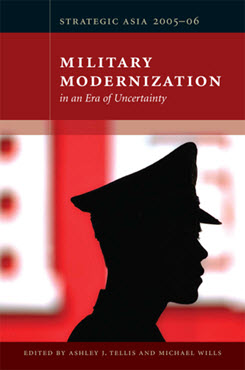Southeast Asia's Defense Needs
Change or Continuity?
This chapter examines the military and security capabilities as well as the strategies of the major Southeast Asian states—Indonesia, Malaysia, Thailand, the Philippines, Singapore, and Vietnam—and their security relations with the United States, China, Japan, India, and Australia.
This chapter examines the military and security capabilities as well as the strategies of the major Southeast Asian states—Indonesia, Malaysia, Thailand, the Philippines, Singapore, and Vietnam—and their security relations with the United States, China, Japan, India, and Australia.
MAIN ARGUMENT
- The region’s security concerns are more internal than external: separatism, ethnic and religious dissidents, and the smuggling of contraband, people, and arms.
- Most Southeast Asian armed forces are not purchasing state-of-the-art weapon systems but are rather developing air and naval capabilities to monitor nearby air and sea spaces.
- Although Southeast Asian states are concerned about transborder terrorism, military cooperation is mostly bilateral rather than multilateral.
- China is both building a naval presence in Southeast Asia and conducting diplomacy designed to reassure the region of Beijing’s intentions.
- Southeast Asian states desire a continued U.S. presence to balance China. In the future they may also be willing to accept Indian and Japanese patrols designed to protect the sea lines of communication.
POLICY IMPLICATIONS
- By maintaining an ongoing air and naval presence in the region, the United States can both assist Southeast Asian states with external balancing vis-à-vis China and support anti-piracy and anti-terrorism efforts.
- Southeast Asia’s focus on internal security fits U.S. strategy to build capabilities in the region to cope with terrorist challenges.
- U.S. military assistance to facilitate more multilateral engagement will lead to such security benefits as the joint patrol of regional waters.
Strategic Asia
The Strategic Asia annual edited volume incorporates assessments of economic, political, and military trends and focuses on the strategies that drive policy in the region. Learn more about Strategic Asia.


